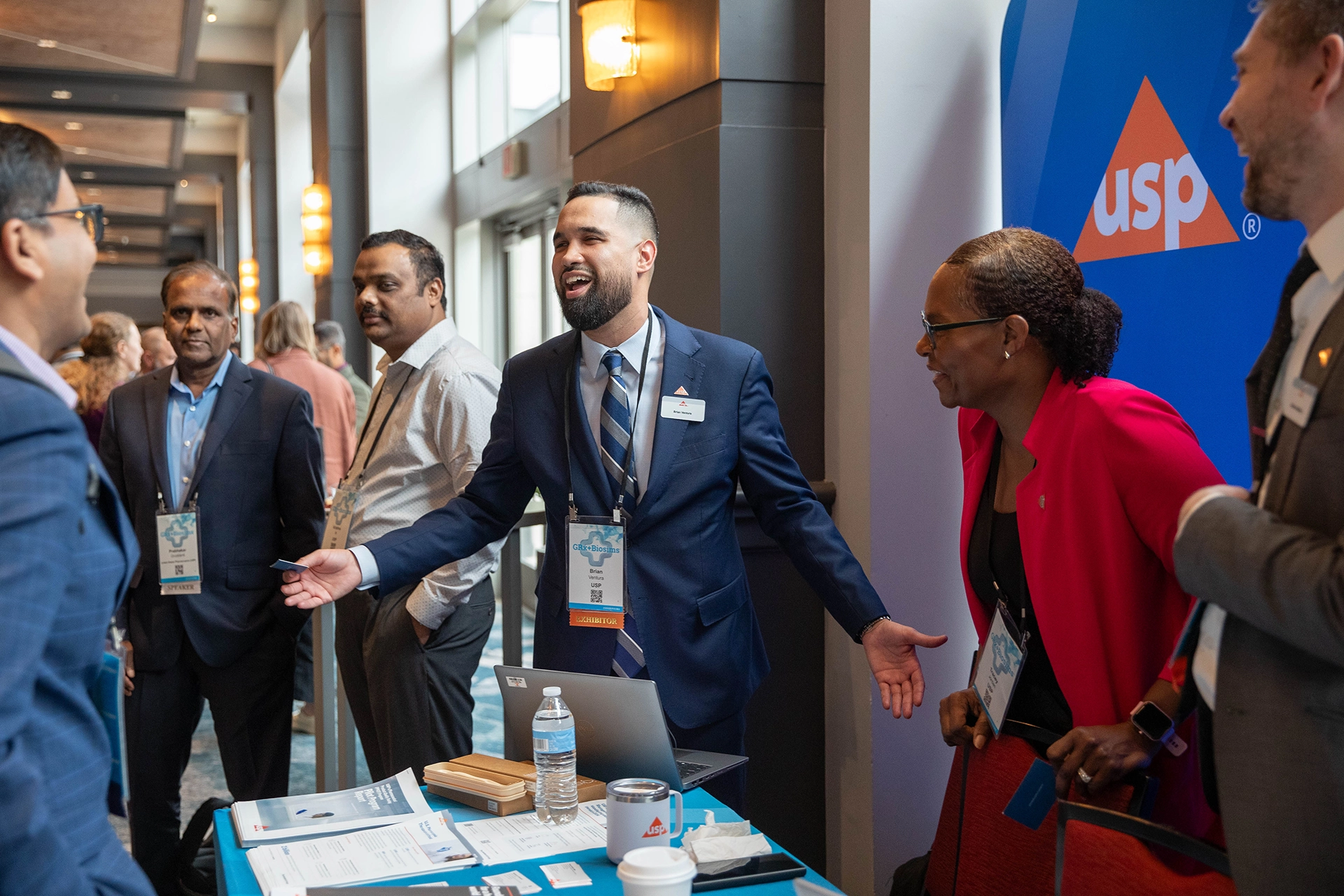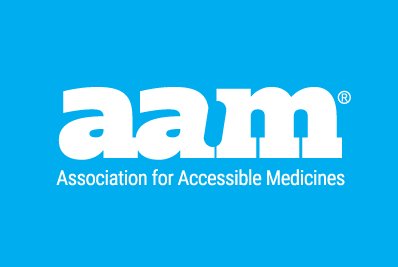If Day 1 was about rekindling purpose, Day 2 was about putting it into motion. The morning opened with the same buzz of momentum with hallway conversations still circling around collaboration, patient access, and sustainability. The tone quickly turned from celebration to introspection. Speakers reminded the audience that the true test of this community’s purpose lies in its endurance.
Morning Plenary: Science Meets Strategy
The day’s centerpiece was a candid fireside chat between Dr. Sarah Yim, Director of the FDA’s Office of Therapeutic Biologics and Biosimilars (OTBB), and Giuseppe Randazzo, AAM’s Senior Vice President for Sciences and Regulatory Affairs. Their dialogue felt less like a regulatory update and more like a strategic check-in for the entire pharma ecosystem.
Amidst the ongoing government shutdown and in the wake of budget cuts that have impacted headcount, Randazzo opened the conversation probing how the agency is proceeding with limited resources. Dr. Yim responded with humility and transparency. “We were lean to begin with,” she said, acknowledging the strain of managing an expanding portfolio with limited staff. “But we have a dedicated and bright group covering as much as we can.” The honesty set the tone: progress was steady but hard-won.
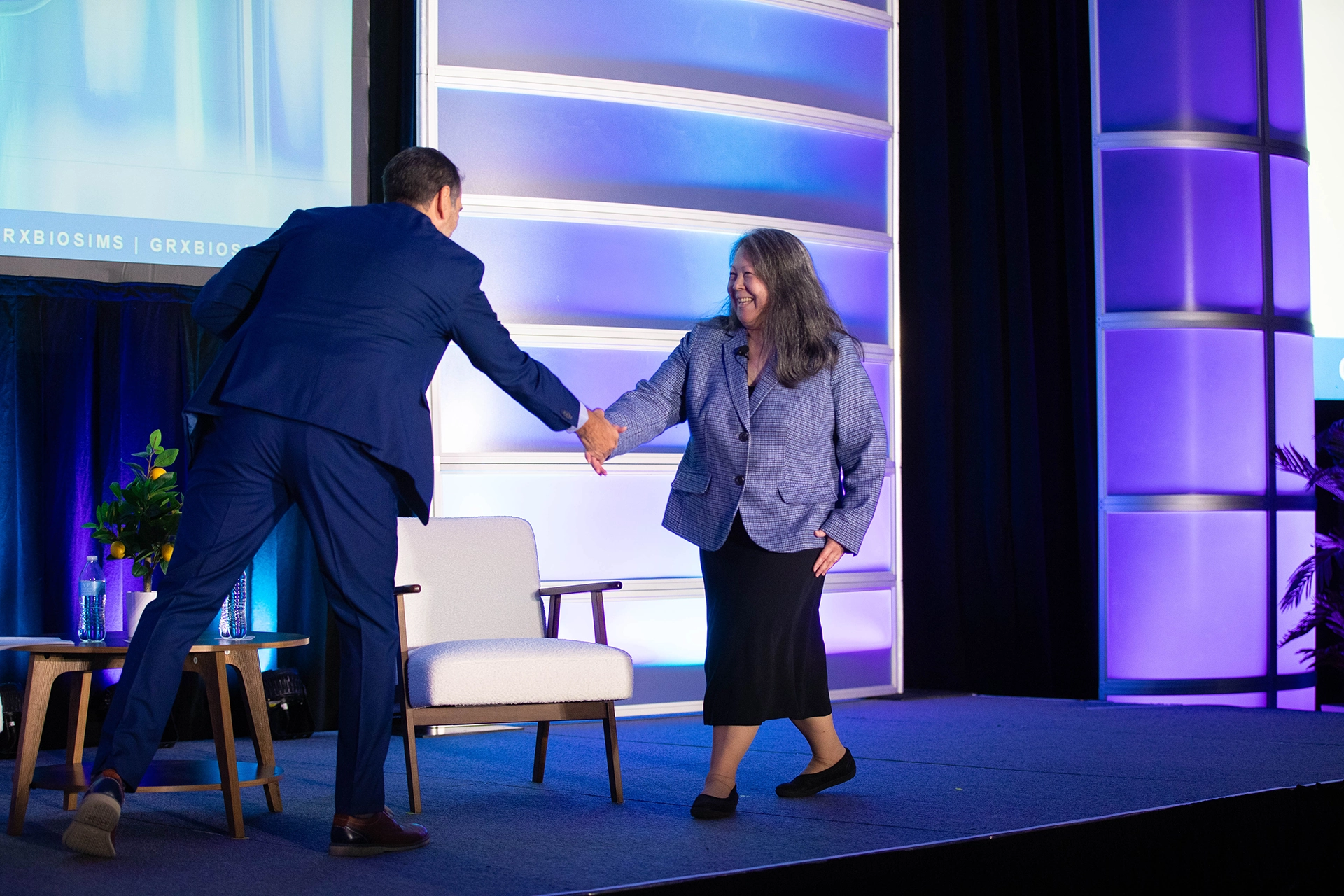
Streamlining for the Future
The conversation soon turned to the heart of the matter: how to make biosimilar development faster, less expensive, and more predictable without compromising science. Referencing IQVIA’s Void report developed with the Biosimilars Council, Yim didn’t shy away from the warning it posed. “If biosimilar development becomes too costly, that’s a problem,” she said. The FDA’s focus, she emphasized, is cutting what’s “nice to have” and focusing on what’s needed.
That pragmatic shift, and moving from an academic ideal to a practical standard, resonated across the room. It reflected a broader movement within the industry: less red tape, more results.
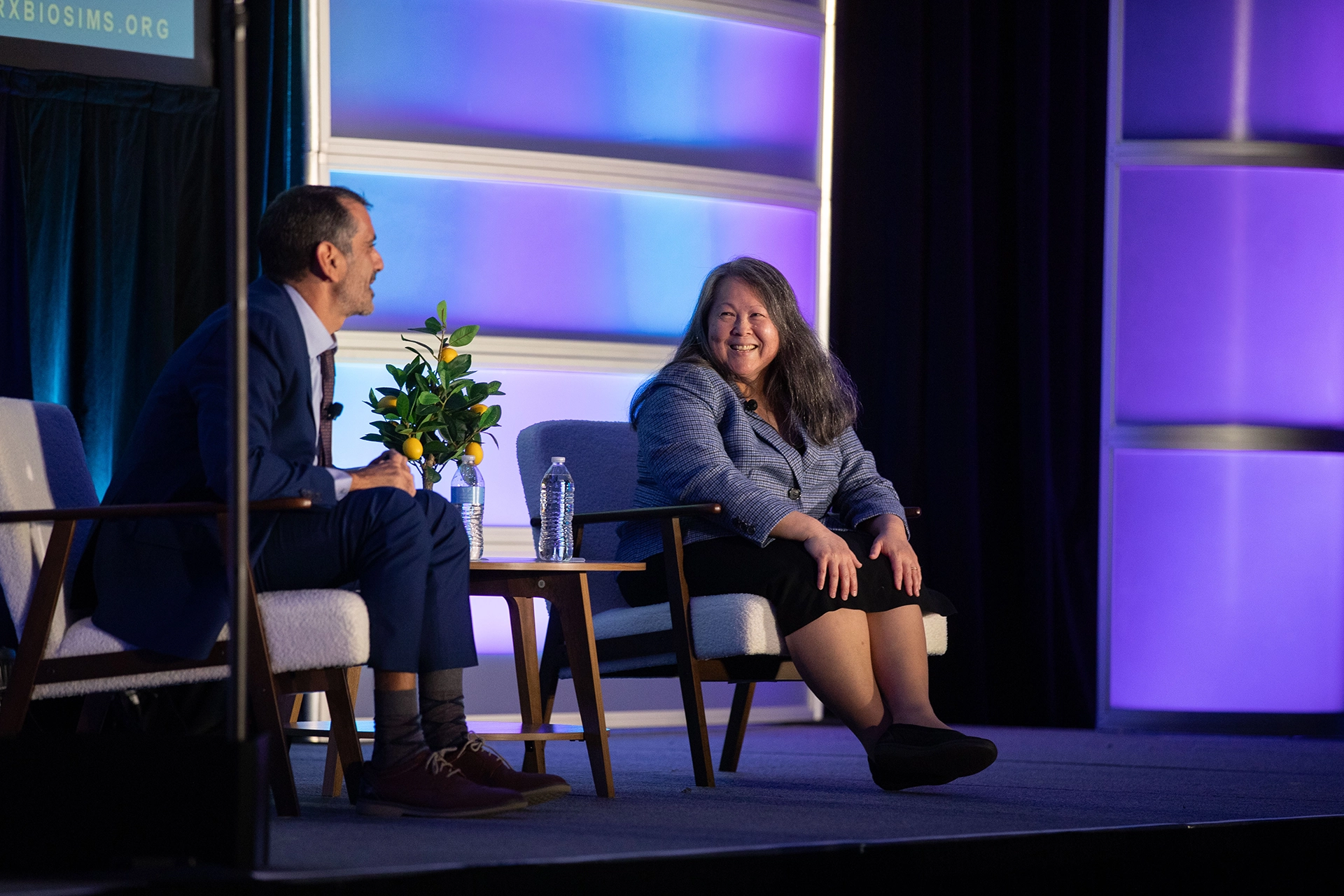
Increasing Biosimilar Access
Randazzo guided the conversation toward affordability and access. Yim reaffirmed that the FDA’s public-health mission is inseparable from economic reality. “We have to make it feasible for developers to pursue biologics beyond the Humiras of the world,” she said with a line that drew knowing nods from the audience. Yim emphasized that the agency’s public health mission is to increase access, which aligns with the Trump administration’s broader priorities.

Policy, Programs, and What’s Next
Asked about what’s coming next, Dr. Yim discussed the goal of working on multidisciplinary international biosimilar guidelines with partners and colleagues around the world through the International Council for Harmonization. Reevaluating the need for costly comparative efficacy studies, and codifying lessons learned so turnover doesn’t mean reversion to previous thinking. “Getting a guideline will help smooth things over as time passes,” she said. “Bridging expectations and being efficient.”
When Randazzo asked about restructuring OTTB as the program gets bigger, Yim conceded that there’s a strong possibility but depends on legislative work and Congress. “As the biosimilars program grows, it’s getting harder to contain within OND,” she said. “At minimum, having our own signatory authority would make us more efficient.” Her comments possibly signaling an important inflection point: biosimilars have matured enough to warrant greater institutional independence.
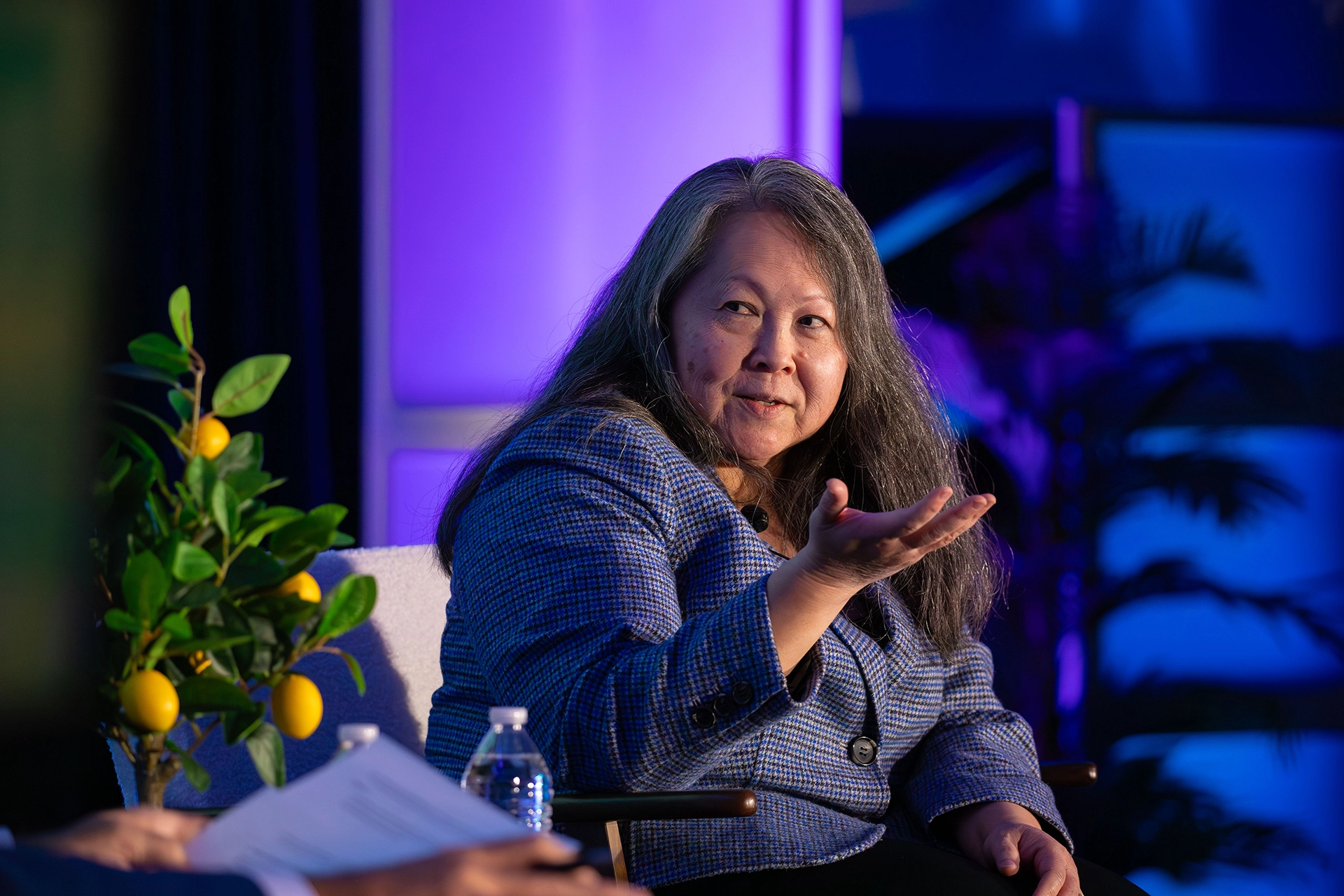
The Suffix, Interchangeability, and the Single Comparator Question
During the far-reaching discussion, Yim addressed three long-debated topics:
- The ten-year-old suffix system. OTBB is “actively looking at that issue and hoping to do more work so we can have more data to talk about.” Yim recognized, “It’ll take substantial data to convince policymakers.”
- Interchangeability. When asked to clarify that the designation isn’t intended to raise the evidentiary floor, Yim said, “We are regulating biosimilars to the same standards that you would expect for an interchangeable. So, it’s an exercise in recognizing the difference. What do you mean by clinically meaningful differences? If you’re worried about something as you release it to the market, then it’s meaningful. We are regulating to the same level.”
- Global comparators. Statutory limits tie the FDA to U.S. reference products, but Yim emphasized that creative bridging and synthetic data models could reduce redundant testing. “We don’t have to approach it algorithmically,” she said.
By the end of the conversation, it was clear that the biosimilars community is evolving from proving parity to building permanence, from validating science to embedding sustainability.
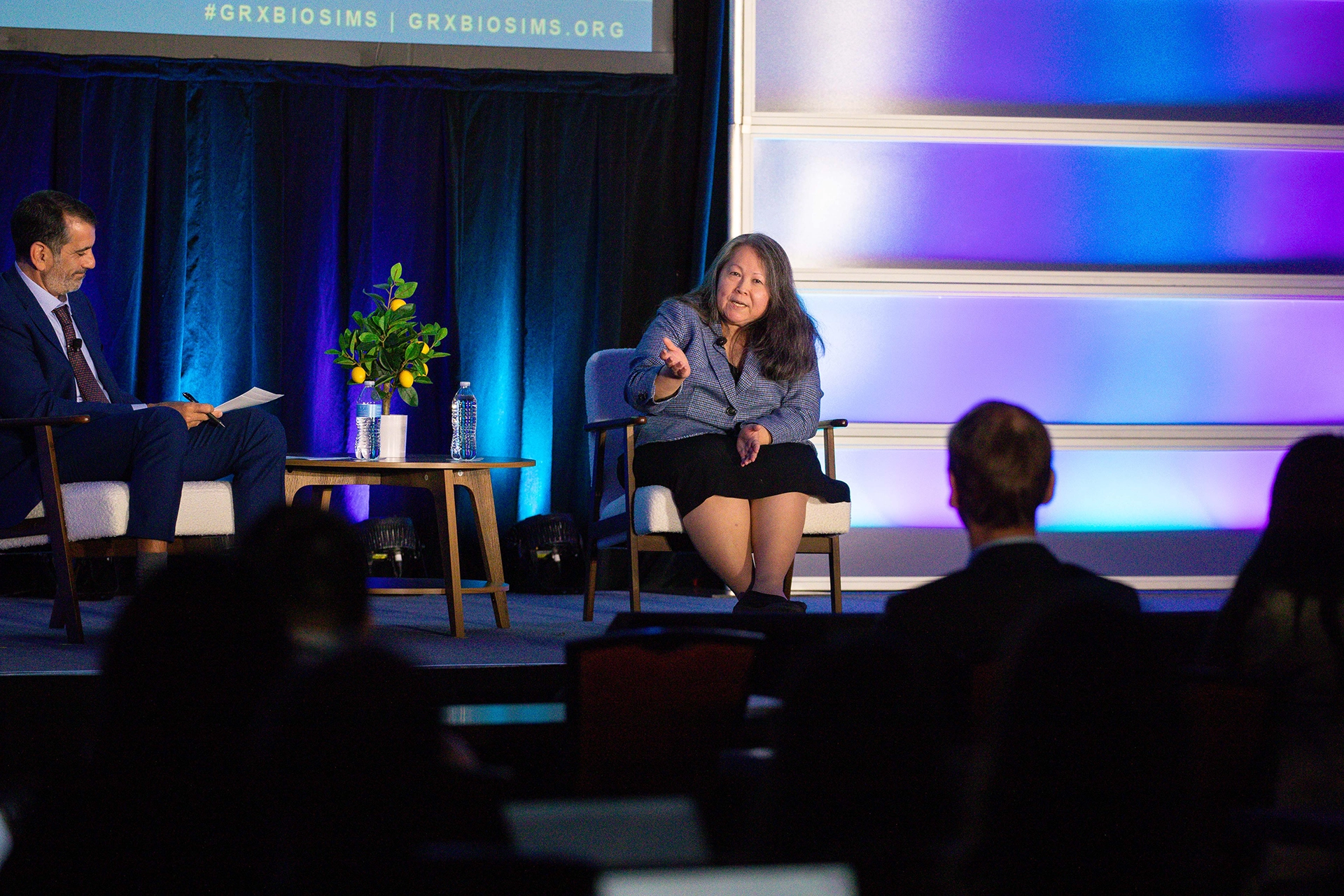
Honoring a Bridge-Builder: Paul Schwartz
Immediately following the fireside chat, Randazzo returned to the podium to present AAM’s Lifetime Achievement Award to Dr. Paul Schwartz, retired Director of FDA’s Division of Postmarketing Assessment II. The moment offered a poignant counterpoint to the morning’s technical discussion – a reminder that progress is built on dedication and commitment from public servants.
Dr. Schwartz recently retired as the Director of the Division of Pharmaceutical Scientists in the Office of Pharmaceutical Quality. As director he was responsible for evaluating manufacturing changes for approved generic drugs. In this capacity, he also worked closely with the Drug Shortage Staff in CDER to help alleviate or prevent drug shortages for critical, medically necessary drugs.
Previously, Dr. Schwartz served as a CMC reviewer, team leader, deputy director, and division director in the Office of Generic Drugs. Prior to joining the FDA, he worked as a research chemist in the pharmacology labs at the VA Medical Center in Charleston, South Carolina, focusing on anti-tumor drug development.
After 35 years of service, Dr. Schwartz retired from the FDA earlier this year. His comments upon accepting the award pointed to the important progress in recent years of rebuilding trust between the generic industry and the FDA, and the resulting benefits for patients and the broader ecosystem.

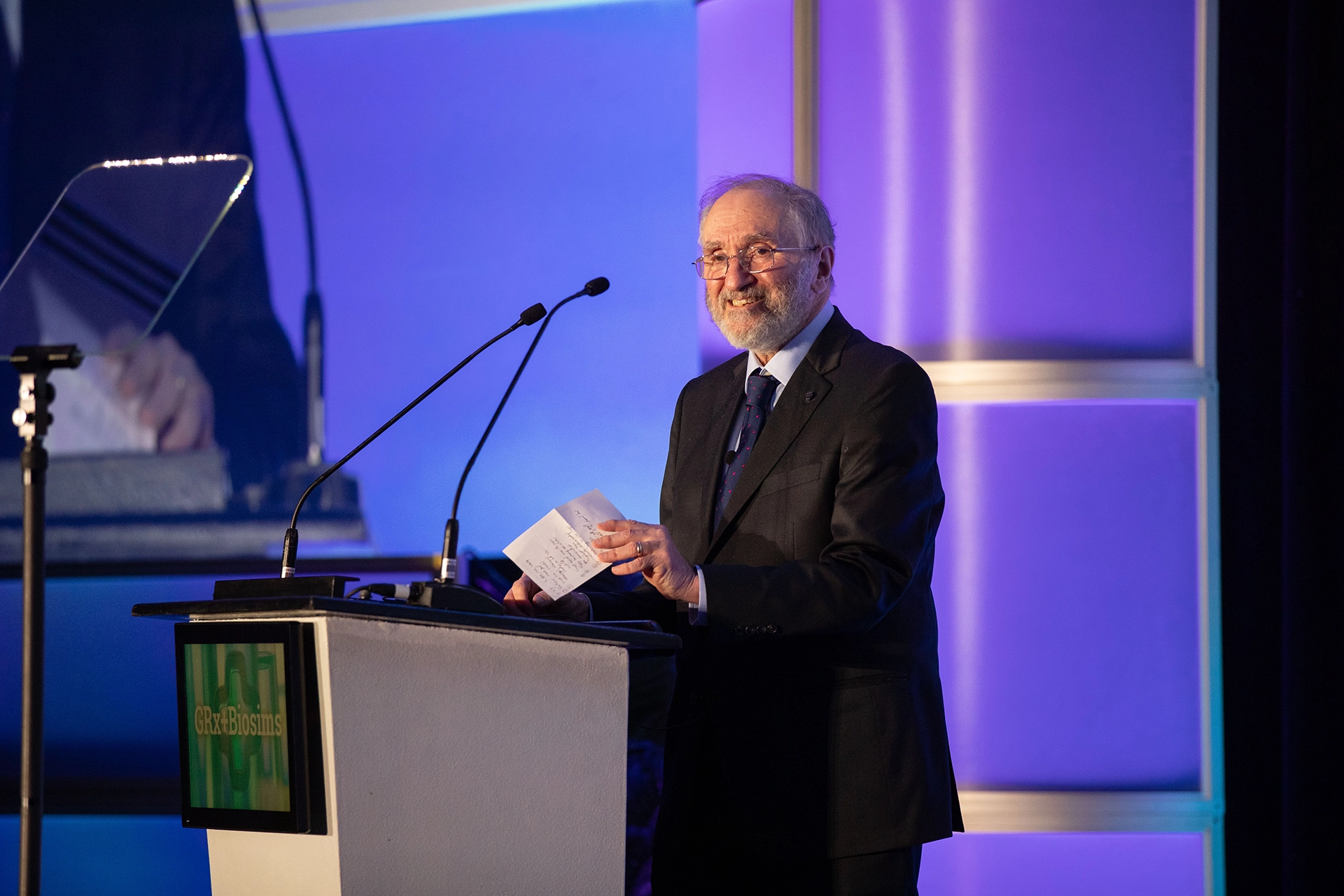
Trade, Tariffs, and Onshoring: The New Policy Frontier
The afternoon pivoted from science to geopolitics with high-stakes discussion on Trade, Tariffs, and Onshoring in the Trump Administration. Described by panelists as “a shift we haven’t seen in 40 to 50 years,” the discussion unpacked the administration’s sweeping use of tariffs to generate revenue and resolve imbalances.
Panelists walked through the maze of Section 232 and 301 actions, reciprocal duties, and carve-outs. While branded pharmaceuticals face potential 100 percent tariffs under a pending Section 232 investigation,generics and biosimilars have been explicitly exempted, a direct result of advocacy led by AAM and its allies.
The group framed tariffs disputes and instability not just as an economic story but as a health-security issue: ensuring domestic manufacturing resilience without undermining affordability. They also noted pending Supreme Court litigation that could redefine the limits of presidential tariff authority by year-end.
The takeaway was clear the soothing trade winds have grown with the force and predictability of a hurricane and the industry’s direct and active involvement in advocacy will remain critical for their business and for patients.
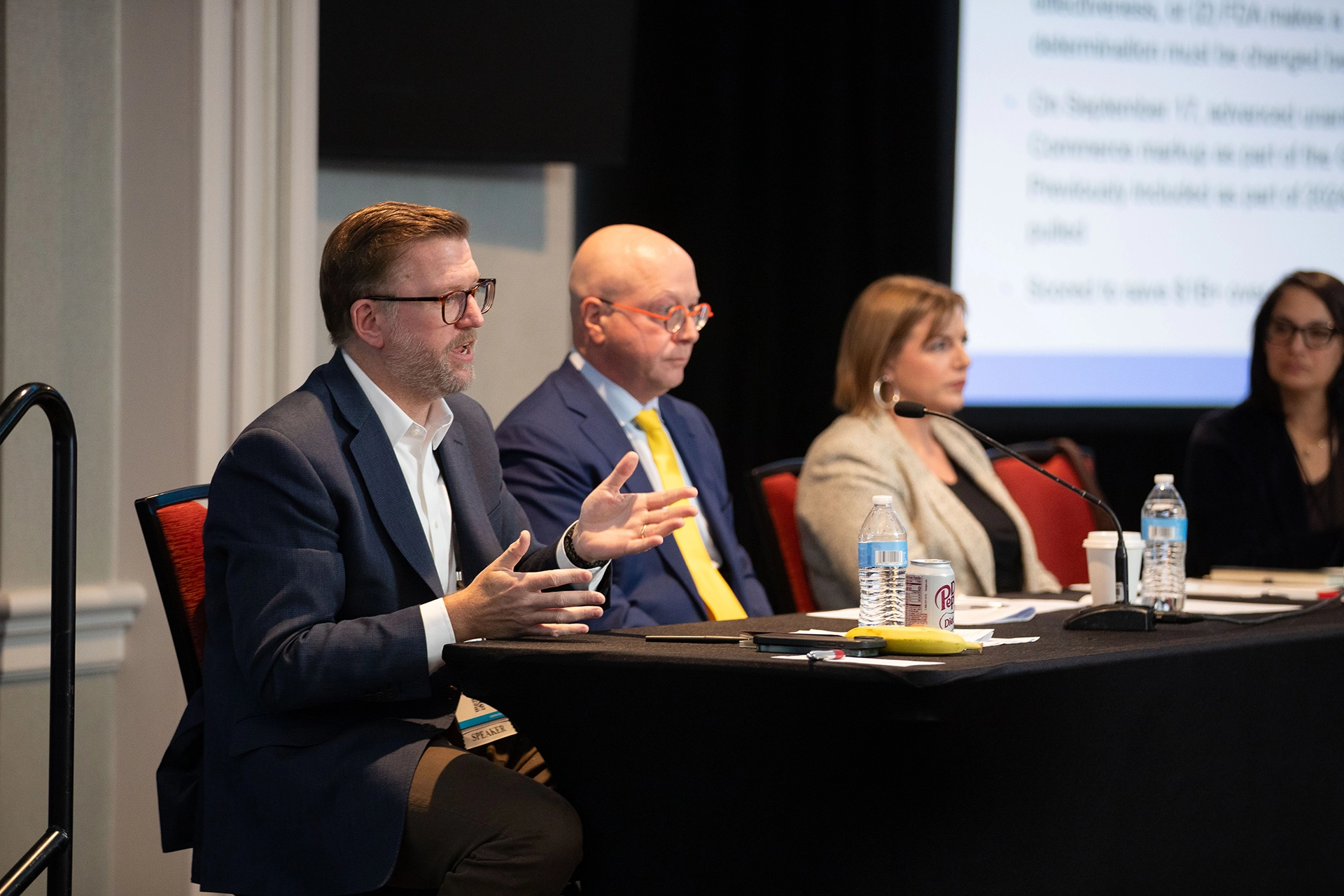
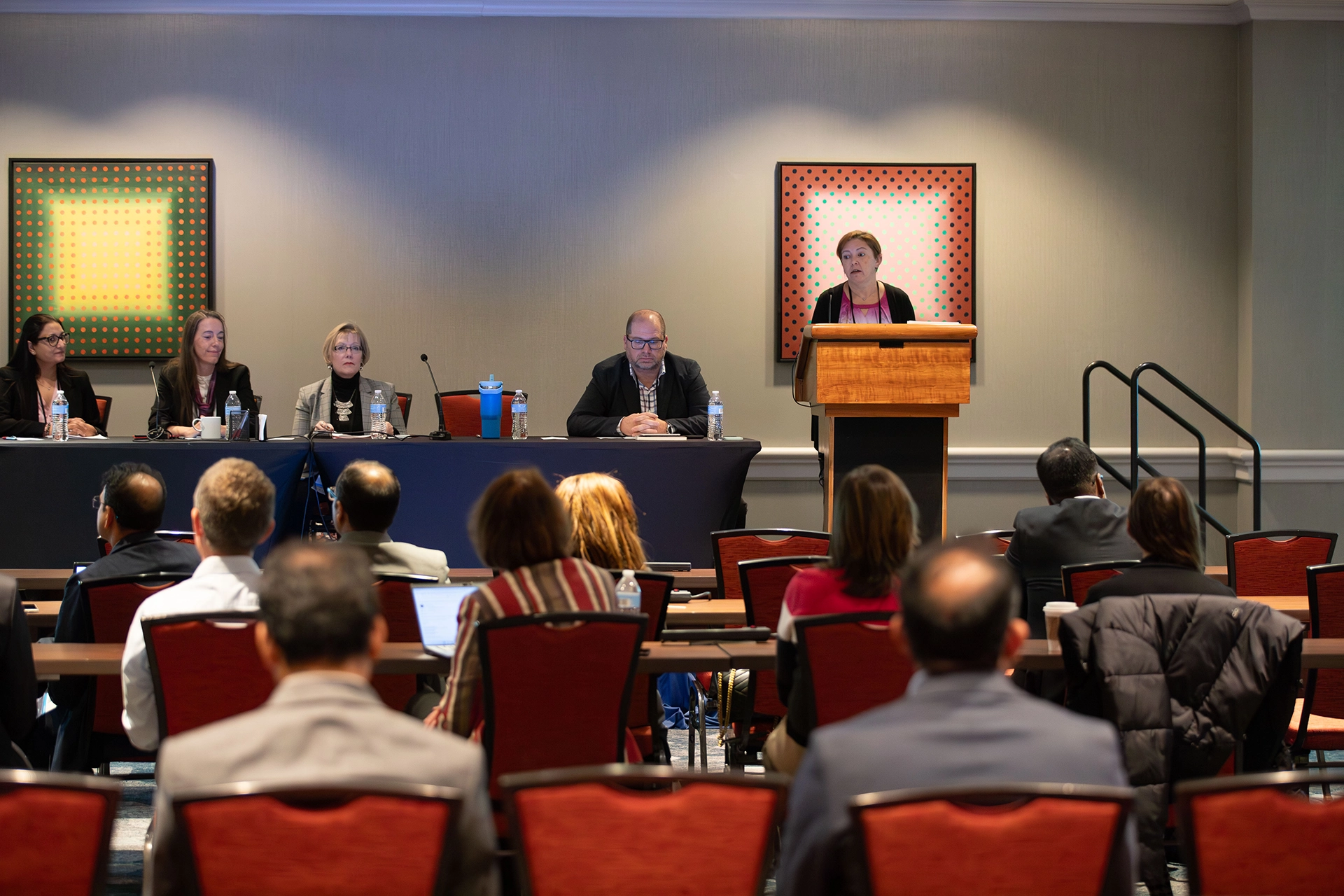
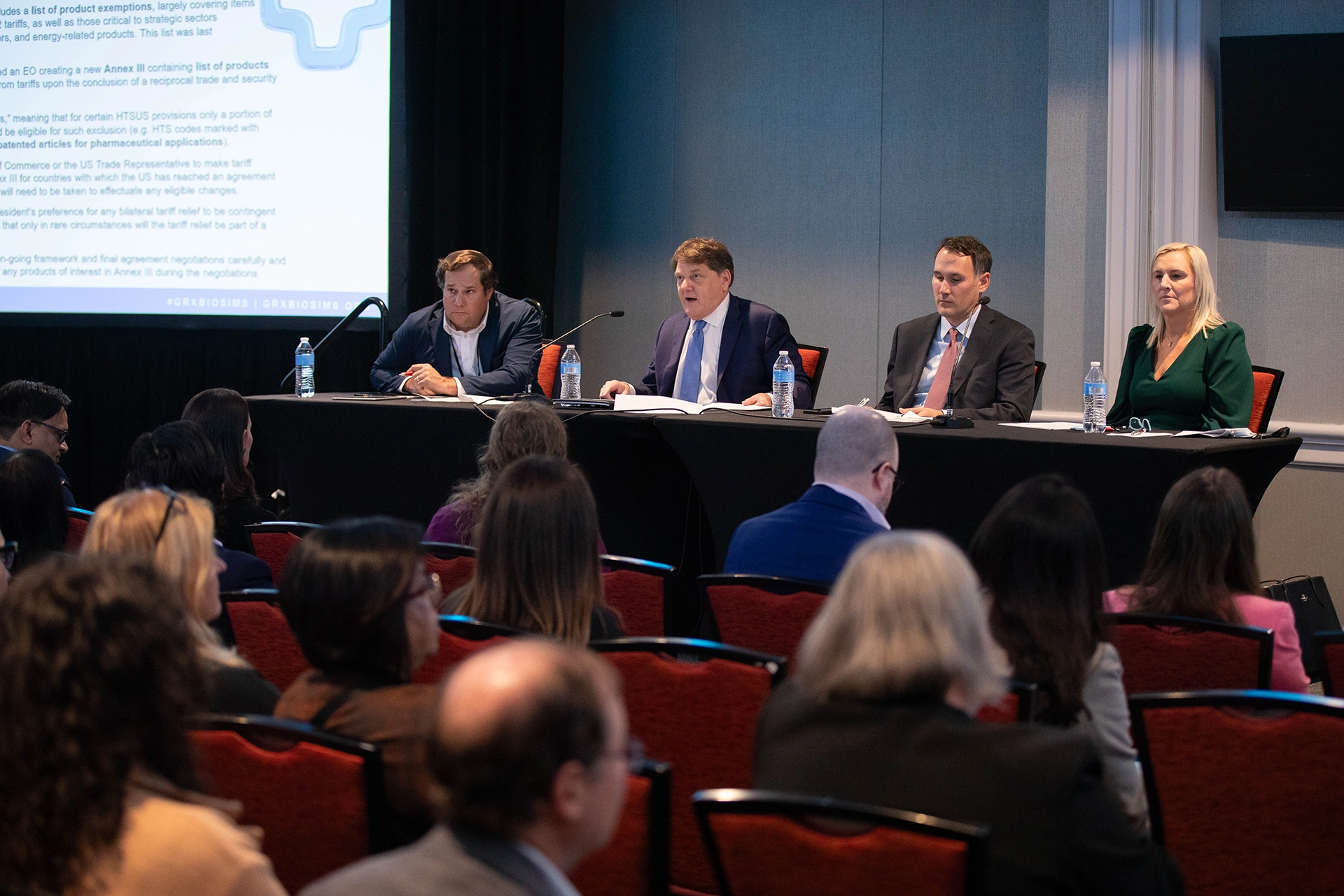
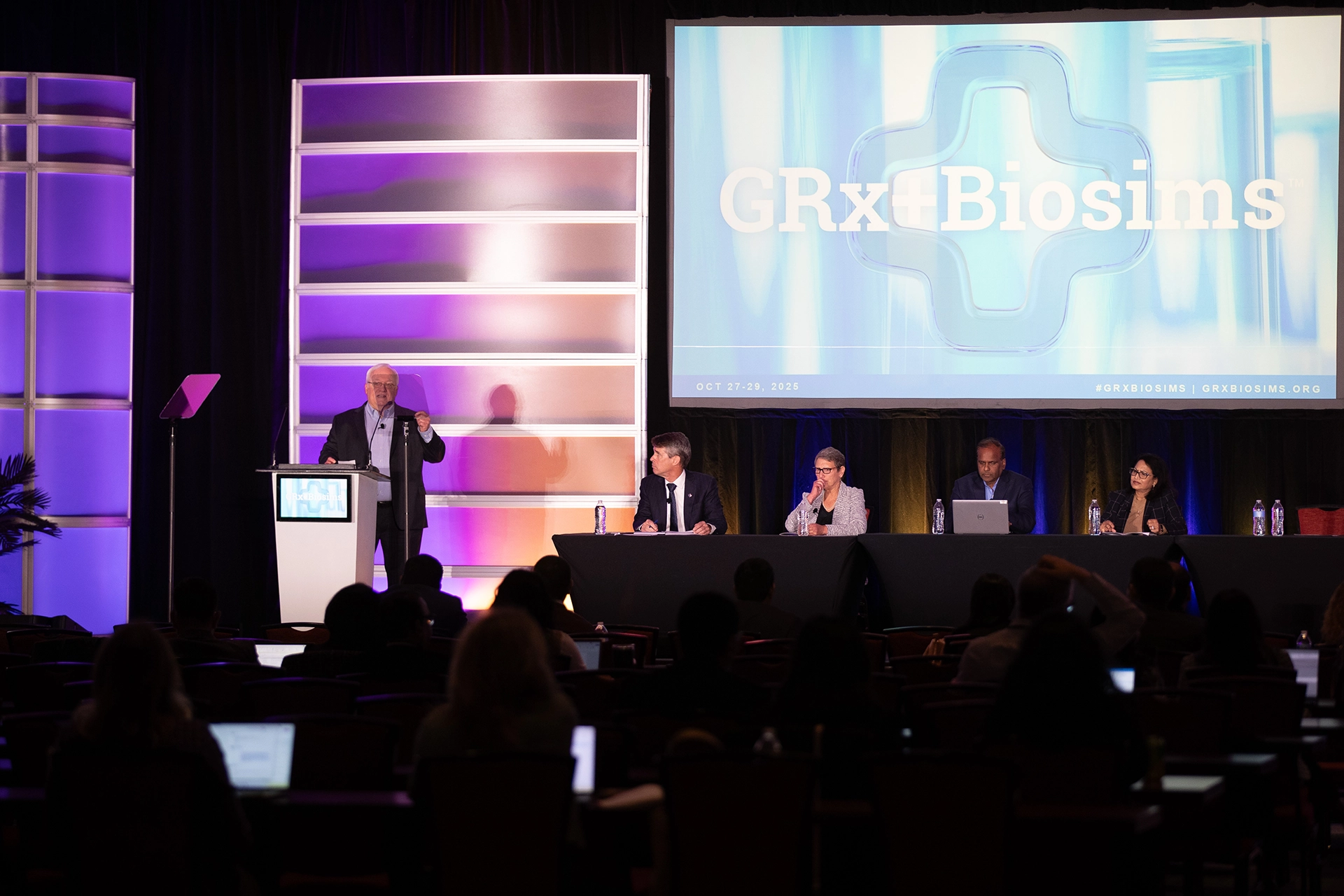
A Day of Alignment
From regulatory streamlining to global harmonization to trade deals, Day 2 was a study in alignment: science with policy, purpose with pragmatism, passion with persistence.
As attendees moved toward the evening’s Italian-themed networking dinner, the mood was buoyant but grounded. The excitement of Day 1 had evolved into something sturdier and a shared understanding that progress is neither accidental nor automatic. It’s built through the daily work of people like Yim and Schwartz, through global partnerships that bridge continents, and through an industry determined to make affordability synonymous with excellence.
If Day 1 kicked off with a focus on purpose and whythis community does what it does, Day 2 focused on how the industry moves forward – with data, determination, and a belief that access isn’t a talking point, it’s a collective calling.
